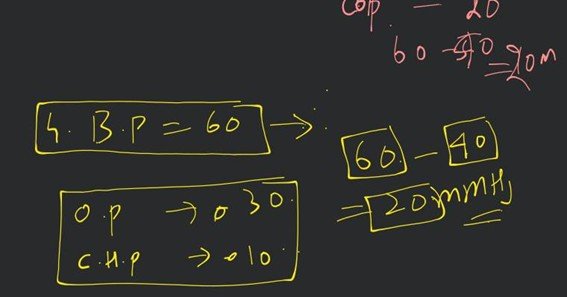When evaluating subsurface or hydraulic systems, you might come across the statement “the normal fluid pressure gradient is about 1.45 psi/100 ft.” This assertion implies a very modest pressure increase of only 0.0145 psi per foot, but as we’ll see, typical hydrostatic and formation gradients are orders of magnitude higher. Understanding how these gradients are derived—and what “normal” really means—is essential for engineers, geoscientists, and fluid system designers.
What Is a Pressure Gradient?
A pressure gradient is the rate at which pressure changes with distance in a fluid. In hydrostatics and petroleum engineering, it’s often expressed in psi per foot (psif/ft) or psi per 100 ft. Mathematically, it can be described as the derivative of pressure for vertical depth (dz) in a fluid column:
In atmospheric science, it’s typically given in pascals per metre, but in well‐control and drilling contexts, psi/ft is standard.
The Normal Fluid Pressure Gradient is About 1.45 psi/100 ft.
The claim that the normal fluid pressure gradient is about 1.45 psi/100 ft comes from an online discussion suggesting a gradient of only 0.0145 psi/ft. However, that value is far below what one would expect even for light formation waters. Such a low gradient would correspond to an unrealistically low fluid density—less than 0.036 ppg—hardly representative of any natural fluid column.
Calculating the Hydrostatic Pressure Gradient
For a fluid of specific gravity (SG), the hydrostatic gradient in psi/ft is given by:
Gradient (psi/ft) = 0.433×SG\text{Gradient (psi/ft)} \;=\; 0.433 \times \text{SG}
-
Freshwater (SG = 1.0): 0.433 psi/ft (≈ 43.3 psi/100 ft)
-
High‐salinity water (SG ≈ 1.07): ≈ 0.463 psi/ft (≈ 46.3 psi/100 ft)
These values represent the normal hydrostatic pressure gradients encountered in many drilling and groundwater scenarios.
Typical Subsurface Pressure Gradients
Beyond pure hydrostatics, formation pressures can vary by region and fluid composition:
-
Rocky Mountains (formation water): ~ 0.45 psi/ft (≈ 45 psi/100 ft)
-
Gulf Coast (high‑TDS water): ~ 0.465 psi/ft (≈ 46.5 psi/100 ft)
-
Lithostatic (overburden rocks): ~ 1 psi/ft (≈ 100 psi/100 ft) depending on rock density
These gradients underscore that 1.45 psi/100 ft is not characteristic of hydrostatic or lithostatic conditions.
FAQ
-
Q: What does “pressure gradient” mean in fluid mechanics?
A: It’s the rate of change of pressure with depth in a fluid, usually expressed in psi/ft or psi per 100 ft. It reflects the combined effects of fluid density and gravity. -
Q: How is the hydrostatic pressure gradient calculated?
A: Use the formula Gradient = 0.433 × SG (psi/ft). For freshwater (SG = 1), that’s 0.433 psi/ft, or about 43.3 psi/100 ft. -
Q: Why is 1.45 psi/100 ft an unrealistic “normal” gradient?
A: That would imply a fluid with an extremely low density (< 0.036 ppg), not representative of any common natural fluid column. Typical formation waters yield 45–46 psi/100 ft . -
Q: What factors influence subsurface pressure gradients?
A: Fluid density (including dissolved solids), temperature, and formation characteristics all affect the gradient. Lithostatic gradients depend on rock bulk density rather than fluid density. -
Q: How are pressure gradients used in drilling and well control?
A: They determine the hydrostatic head required to prevent blowouts and to balance formation pressures, guiding mud weight and casing design decisions.










